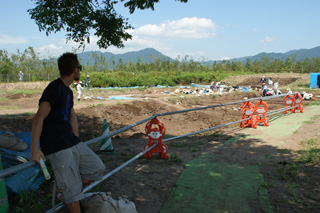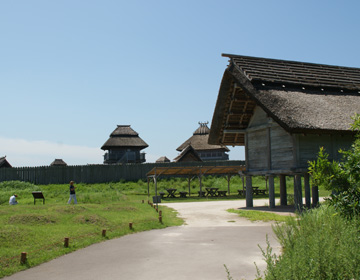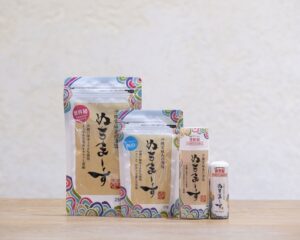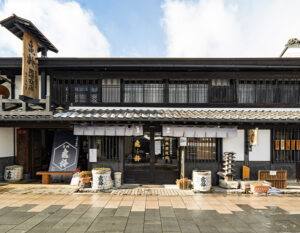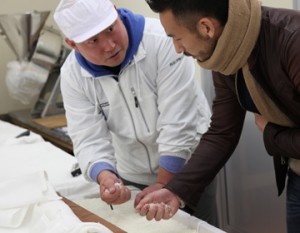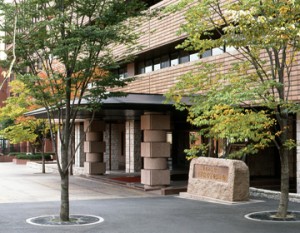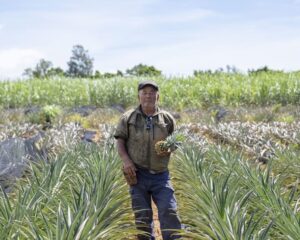Progress of man
Human beings appeared on earth about 3 million to 3.6 million years ago. This period is called the Old Stone Age, and mammoths and Naumann elephants lived during this period. During the mid Old Stone Age, which was about 50 thousand to 100 thousand years ago, Japan was still a part of the Asian continent. The theory is, during this period, men migrated to Japan to hunt for these large animals.
About 10 thousand years ago, the Ice Age ended. When the temperature and the sea level rose, and the islands were separated by the sea from the continent, and Japan gradually formed the similar environment of the present. The conifer forests became deciduous forests, large animals disappeared, and Japan became the land of small animals such as boars, deer and rabbits. The culture developed to adapt to such natural environmental change. Chipped stone tools and patterned pottery were created during this period, called the Jomon period.
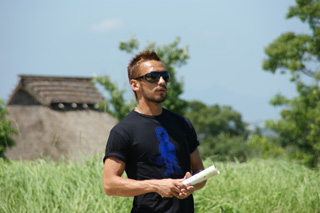
Birth to the prototype of ”country”
Japan was influenced by trends within the continent. Around 4th century BC, an agricultural society developed in the northern part of Kyushu. During this time, Qin dynasty was born in China, which had a strong centralized government, and they spread their culture to all the people around them. During this period, Jomon pottery transformed into a pattern-less, thin, reddish-brown pottery called the Yayoi pottery. People of the Yayoi culture used sophisticated tools and made items such as bronze or iron tools, weaving silk and building elevated storage houses, adapting to the changes in lifestyle. The theory is that Yayoi culture started in northern Kyushu and spread to the rest of Japan.
The Yoshinogari ruins in Saga prefecture is one of the largest Yayoi period ruins in Japan. It is a very important site to understand ancient history, since it reveals the beginning of collective village living which was the central concept of ”country” during the Yayoi period. Remnants of buildings and items from pre, mid, and post Yayoi period have been uncovered there.
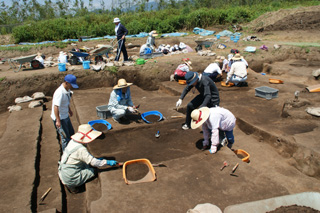
Academic excavation and research, as well as programs for tourists
There are various replicas created within the park such as a warehouse which stored items that people in the settlement needed, places to conduct festivals or give prayer, a court, and a king’s residence. Presently, excavations are also conducted within the park by the prefecture. Also, there are various visitor activities such as ”fire starting”(clay flute making instead on rainy days), making ”magatama” accessories, mirrors, and ”Shingi Wao” seal and gold seals. Another program is the ”become people of Yayoi” program, where visitors wear clothes worm by people during the Yayoi period, and make cloth to experience how the people in Yayoi period lived. These programs are designed for visitors to have a realistic experience of how the ancestors of Japanese people lived.
